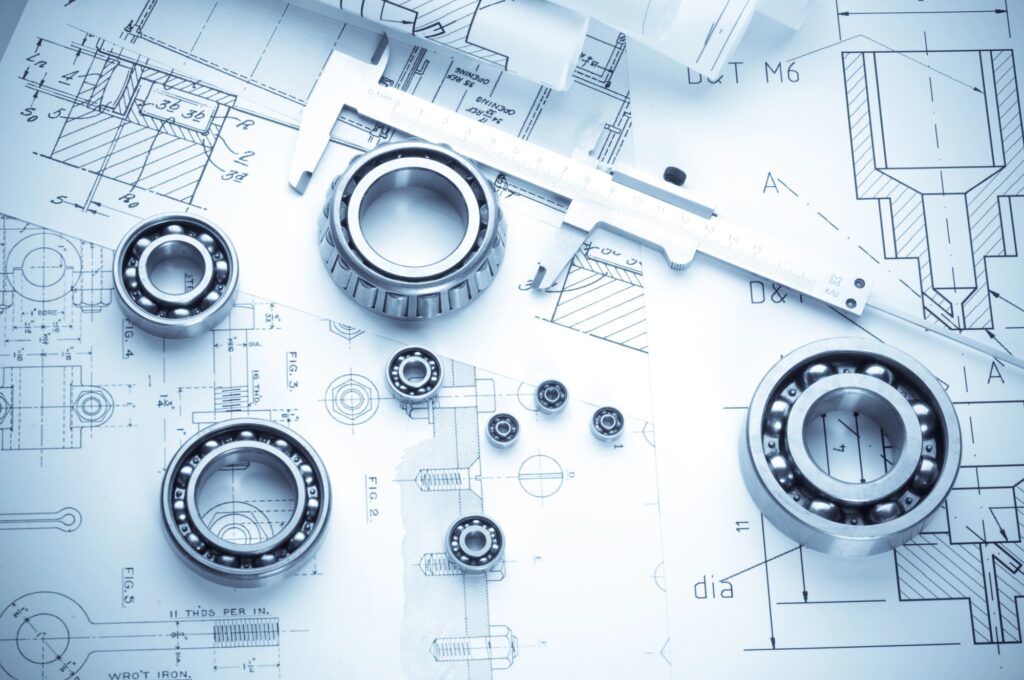The transformative power of architecture and engineering is making waves in Syria. Abdel Aziz al-Mohammed, a 34-year-old architect, is leading the rebuilding of his war-torn hometown of Tal Mardikh in northwestern Idlib province.
Utilizing innovative drone technology, Mohammed has paved the way for a community revival after years of destruction. This blog explores his efforts, the state of Syria’s reconstruction, and the role of design and planning in shaping post-conflict urban landscapes.
Rebuilding Tal Mardikh with Precision and Purpose
When Mohammed returned to Tal Mardikh after the ouster of Assad in December, he was disheartened by the devastation. Nearly half of the village’s 1,500 homes were demolished, and the remaining structures were in disrepair.
His response was strategic and rooted in his architectural expertise. He chose a careful and thoughtful approach to address the destruction.
Mapping Destruction: Drone Technology in Urban Recovery
Mohammed spent two weeks surveying the damaged region. He used drone technology to create an interactive map cataloging the condition of every home.
This use of drones in recovery shows how technology can be adapted for humanitarian needs. The drone footage gave him a clear understanding of Tal Mardikh’s needs and helped secure funding from Shafak, a Turkey-based NGO.
Drone technology allows architects and engineers to:
Book Your Dream Vacation Today
Flights | Hotels | Vacation Rentals | Rental Cars | Experiences
- Identify areas of critical damage with high accuracy
- Create detailed, interactive maps for strategic planning
- Streamline data collection efforts, enabling organizations to allocate resources effectively
Funding Revival: A Community-Centered Approach
The interactive map produced by Mohammed led to financial support, raising over $1 million from Shafak. The funds are for restoring 434 homes, repairing two wells, and rehabilitating sanitation networks.
These projects are essential for creating a functional environment as families return. Infrastructure repairs support the gradual return of residents.
Residents Begin Coming Back Home
The rebuilding effort is encouraging, and the return of displaced residents is significant. Among those reclaiming their homes is 45-year-old Alaa Gharib, who lived in tents for seven years.
These stories highlight the impact of architecture and engineering in rebuilding communities. They show how thoughtful planning can help people return and recover.
Syria at the Crossroads: Projections and Challenges
The reconstruction of Tal Mardikh is small compared to Syria’s nationwide needs. After Assad’s removal, UNHCR data showed over 600,000 Syrians returned from abroad, and 1.5 million internally displaced people went back to their regions.
By year’s end, another 3.5 million are projected to return. This increases the urgency for reconstruction initiatives.
Financial Hurdles Loom Large
Despite positive steps, rebuilding Syria is a massive task. Experts estimate the total cost may exceed $400 billion, making it one of the most expensive rebuilding efforts in history.
Currently, recovery is piecemeal, relying on individuals like Mohammed and organizations like Shafak. The new government has not yet created a comprehensive nationwide strategy.
Why Post-Conflict Architecture Matters
Architecture and engineering are not just about buildings. They are about creating environments that foster resilience, community, and hope.
Post-conflict architecture helps displaced populations return and rebuild their lives, dignity, and identity within their communities.
Key Takeaways for Architectural Professionals
For architects and engineers in post-conflict zones, Mohammed’s use of drone technology offers important lessons:
- Technology, such as drones or geographic information systems (GIS), can support strategic recovery efforts.
- Community involvement and careful mapping are central to successful rebuilding.
- Small-scale or charity-led efforts can make progress even when government support is limited.
Towards a Reconstructed Tomorrow
As the story of Tal Mardikh unfolds, it sets a precedent for the broader reconstruction of Syria. Abdel Aziz al-Mohammed has shown that design ingenuity and technological innovation can work together to restore not only buildings but also the spirit of a people.
The rebuilding process in Syria is a tremendous challenge and a unique opportunity. It calls on architectural and engineering communities worldwide to help support post-conflict recovery and foster sustainable growth.
Here is the source article for this story: Syrian architect uses drone footage to help rebuild hometown
Book Your Dream Vacation Today
Flights | Hotels | Vacation Rentals | Rental Cars | Experiences

